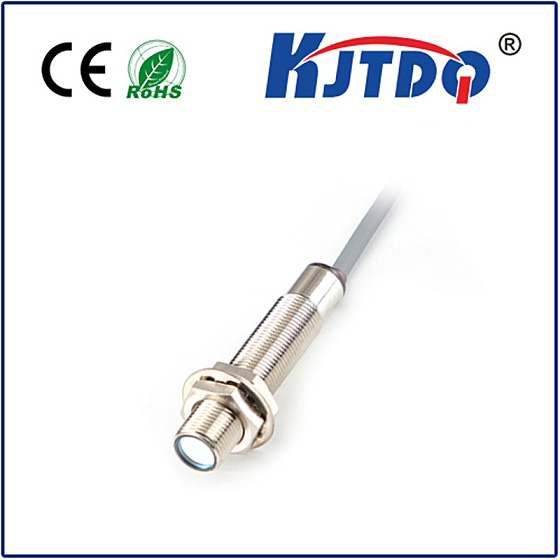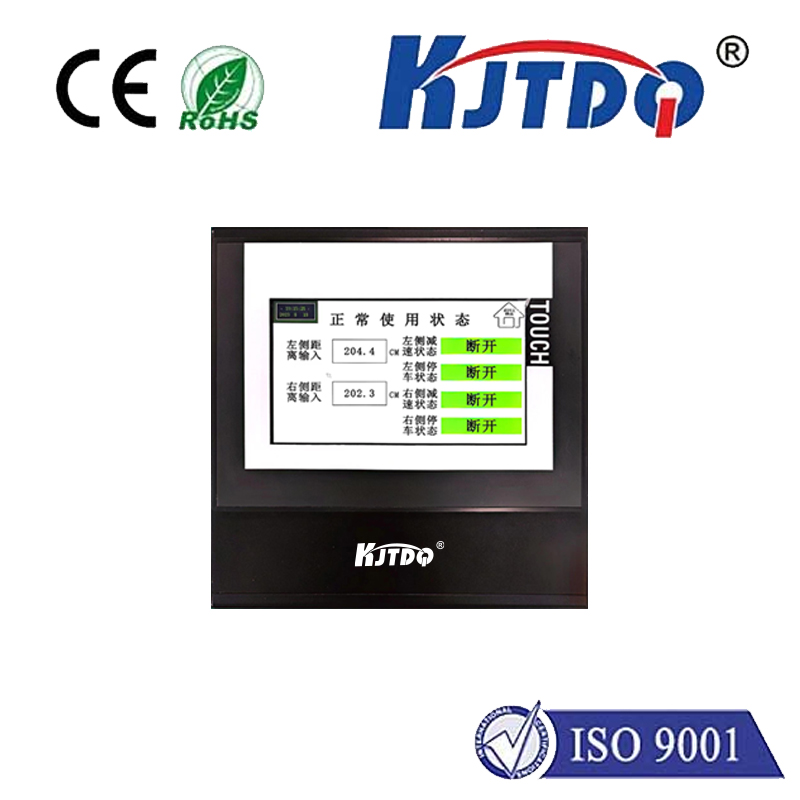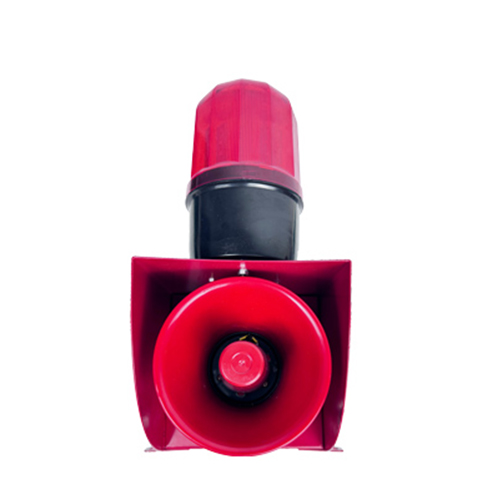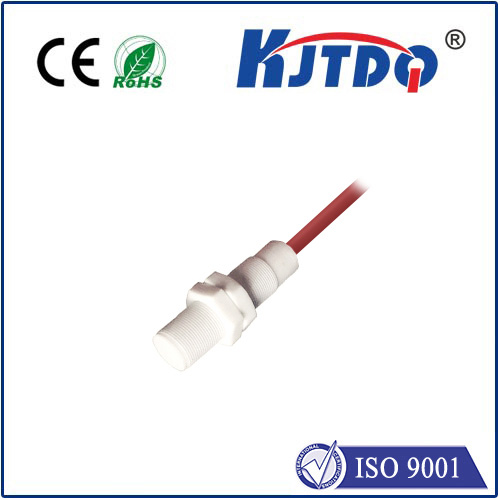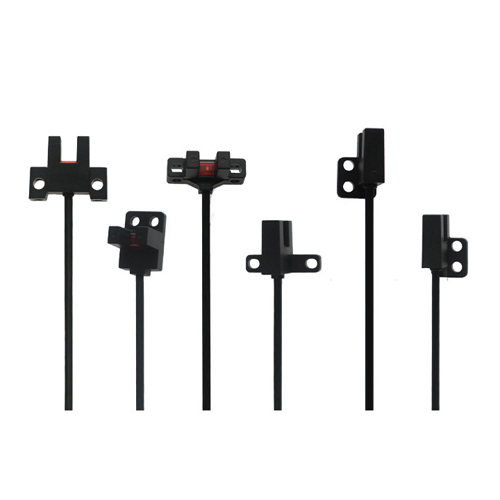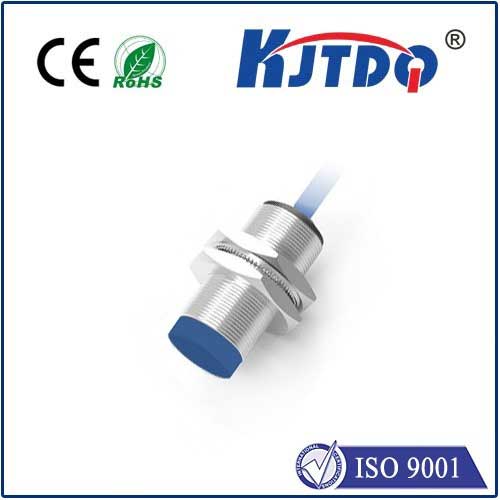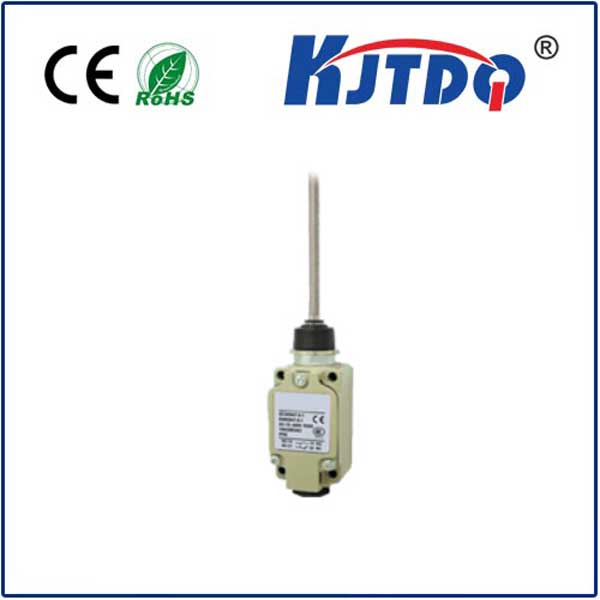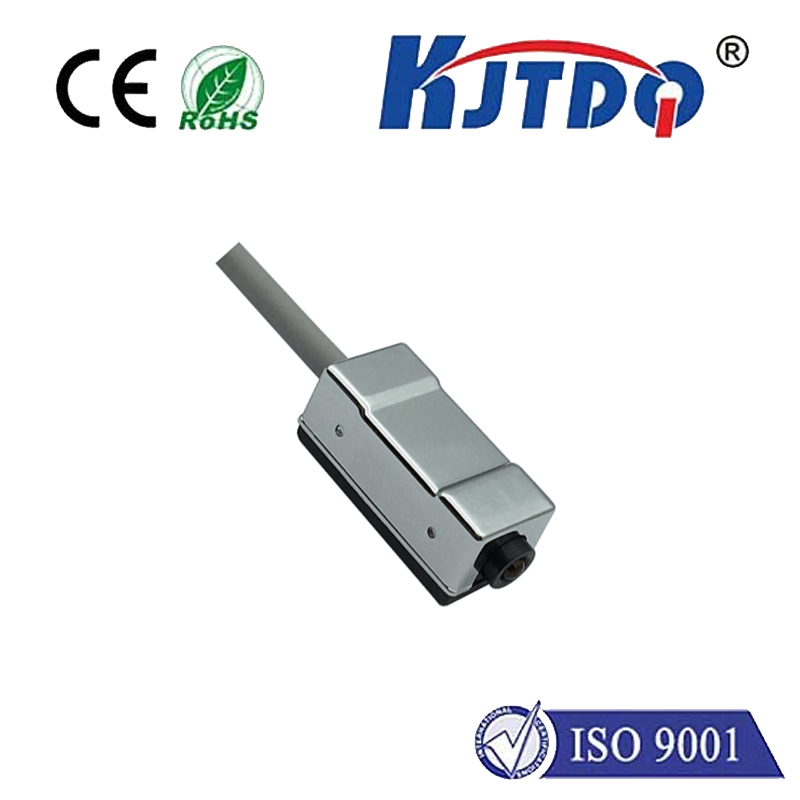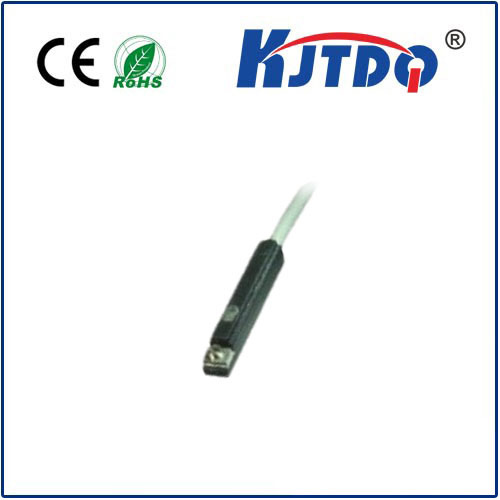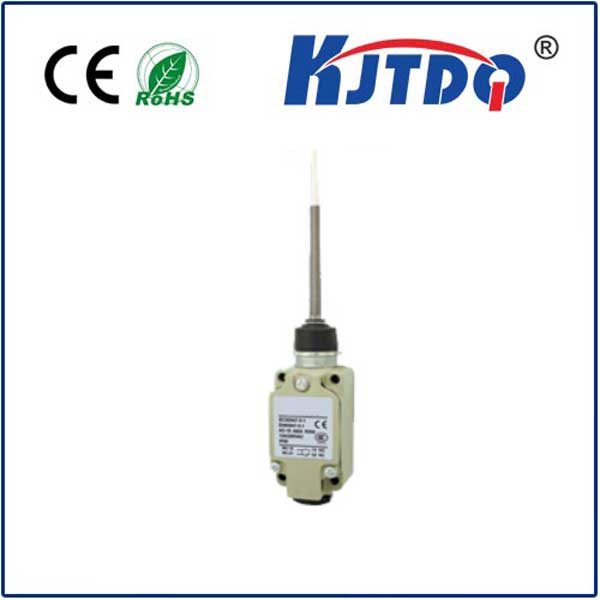fiber optic sensor for displacement measurement
- time:2025-08-14 14:06:02
- Нажмите:0
Fiber Optic Sensors: Precision Displacement Measurement Revolutionized
Accurate displacement measurement isn’t just an engineering nicety; it’s often the critical factor ensuring structural integrity, optimizing manufacturing processes, or enabling groundbreaking scientific research. In environments plagued by electromagnetic interference (EMI), extreme temperatures, or the need for microscopic precision, traditional sensors frequently falter. This is where fiber optic sensors for displacement measurement emerge as a transformative technology, offering unparalleled advantages where others simply cannot perform.
Understanding the Core Principle: Light as the Ruler
At its heart, a fiber optic displacement sensor leverages the remarkable properties of light traveling through an optical fiber. Displacement – the change in position or distance of an object – is detected by modulating one or more characteristics of this light beam. This modulation occurs because the displacement physically alters how the light interacts with the sensor element or the target surface itself. Common modulation techniques include:
- Intensity Modulation: This is the simplest approach. The displacement changes the amount of light reflected back into a transmitting fiber or coupled between two fibers. While straightforward, intensity-based sensors can be susceptible to light source fluctuations or losses in the fiber itself.
- Interferometric Techniques: These exploit the wave nature of light. Displacement causes a change in the optical path length experienced by light in one arm of an interferometer compared to a reference arm. This results in constructive or destructive interference, detected as changes in light intensity. Fabry-Perot, Michelson, and Mach-Zehnder configurations are prevalent. These methods offer extraordinary sub-micron resolution and accuracy but can be more complex.
- Wavelength Modulation (e.g., Fiber Bragg Gratings - FBGs): An FBG is a periodic variation in the refractive index written into the fiber core. It reflects a specific wavelength of light (the Bragg wavelength). Applying strain or temperature changes the grating period, shifting the reflected wavelength. By measuring this wavelength shift, displacement-induced strain can be determined with high precision. FBGs are excellent for distributed sensing along a single fiber.
- Phase Modulation: Displacement can directly alter the phase of the light wave propagating in the fiber. Sophisticated detection schemes measure this phase shift, providing very high sensitivity.
Why Choose Fiber Optics for Displacement Sensing?

The surge in adoption of fiber optic displacement sensors stems from their compelling advantages over conventional electronic sensors:
- Exceptional Electromagnetic Immunity (EMI): Being purely dielectric (glass), they are inherently immune to EMI, radio frequency interference (RFI), and lightning strikes. This makes them indispensable in power plants, near large motors, in medical imaging (MRI), and aerospace applications.
- Intrinsic Safety: They generate no sparks and carry minimal power at the sensing point, making them ideal for explosive or flammable environments (ATEX zones).
- High Sensitivity and Resolution: Especially interferometric and FBG-based sensors can detect displacements down to the nanometer range, crucial for micro-positioning, vibration analysis, and material characterization.
- Small Size and Lightweight: The sensor itself can be extremely compact (often just the fiber tip), enabling installation in confined spaces and minimizing mass loading effects on delicate structures.
- Wide Temperature Range Operation: Capable of functioning reliably from cryogenic temperatures to several hundred degrees Celsius, where many electronic sensors fail.
- Long-Distance Signal Transmission: Optical signals experience very low loss over kilometers of fiber, allowing remote monitoring from a central location. This is vital for large-scale infrastructure like bridges, dams, and pipelines.
- Chemical and Corrosion Resistance: The glass fiber is resistant to many harsh chemicals and corrosive environments.
- Multiplexing Capability: Particularly with FBGs, numerous sensors can be written along a single optical fiber, significantly reducing cabling complexity and cost for multi-point monitoring.
- Non-conductive: Safe for use near high-voltage equipment.
Key Applications: Where Precision Meets Challenge
The unique strengths of optical displacement sensing unlock possibilities across diverse sectors:
- Structural Health Monitoring (SHM): Continuous monitoring of bridges, buildings, dams, tunnels, and wind turbine blades for subtle shifts, vibrations, or deformations indicating potential structural issues. Fiber optic sensors, especially FBGs and distributed sensing systems, are embedded or surface-mounted for long-term, robust performance in harsh outdoor conditions.
- Aerospace & Aviation: Monitoring airframe deformation under load, wing flex, engine vibrations, and landing gear displacement. EMI immunity is critical near avionics and engines.
- Industrial Automation & Manufacturing: Precision position control in robotics, micro-machining, semiconductor lithography, and assembly lines. Sub-micron resolution ensures quality and repeatability. Vibration monitoring on critical machinery to predict failures.
- Energy Sector: Monitoring turbine blade tip clearance (vital for efficiency and safety), generator stator core movement, and pipe displacement in power plants and oil/gas facilities. Intrinsic safety is paramount here.
- Geotechnical Engineering: Measuring settlement, subsidence, and slope movement in foundations, retaining walls, mines, and landslides. Long-distance capability allows remote monitoring over vast areas.
- Biomedical & Research: Micro-positioning in surgical tools, microscopic stage movement in research labs, measuring minute deflections in micro-electromechanical systems (MEMS), and studying material properties under stress.
Considerations and Sensor Selection
While powerful, selecting and implementing the right fiber optic displacement sensor requires careful thought:
- Type Matters: Choose between intensity-based (simpler, cost-effective for moderate needs), interferometric (highest precision), or FBG (distributed, multiplexable) based on resolution, range, environmental factors, and multiplexing requirements.
- Range vs. Resolution: High-resolution sensors often have a limited measuring range, and vice-versa. Define the specific application needs clearly.
- Target Surface Properties: The reflectivity and roughness of the target surface can significantly impact intensity-based and some reflective interferometric sensors.
- System Complexity & Cost: Interferometric systems generally require more sophisticated (and expensive) optoelectronics (light sources, detectors, signal processors) compared to basic intensity sensors. FBG systems need specialized interrogators.
- Installation Expertise: Proper handling, splicing, and mounting of optical fibers and sensors are crucial for optimal performance and longevity.
Embracing the Light-Based Future
Fiber optic sensing technology represents a significant leap forward in displacement measurement capabilities. By harnessing light within a flexible, robust strand of glass, engineers and scientists gain access to unprecedented precision, reliability in hostile environments, and novel monitoring solutions impossible with conventional methods. As the technology continues to mature, offering greater affordability and ease of use, its role in ensuring safety, optimizing performance, and driving innovation across countless industries will only continue to expand. For applications demanding the ultimate in precision, resilience, and reliability, fiber optic displacement sensors are rapidly becoming the undisputed standard.

